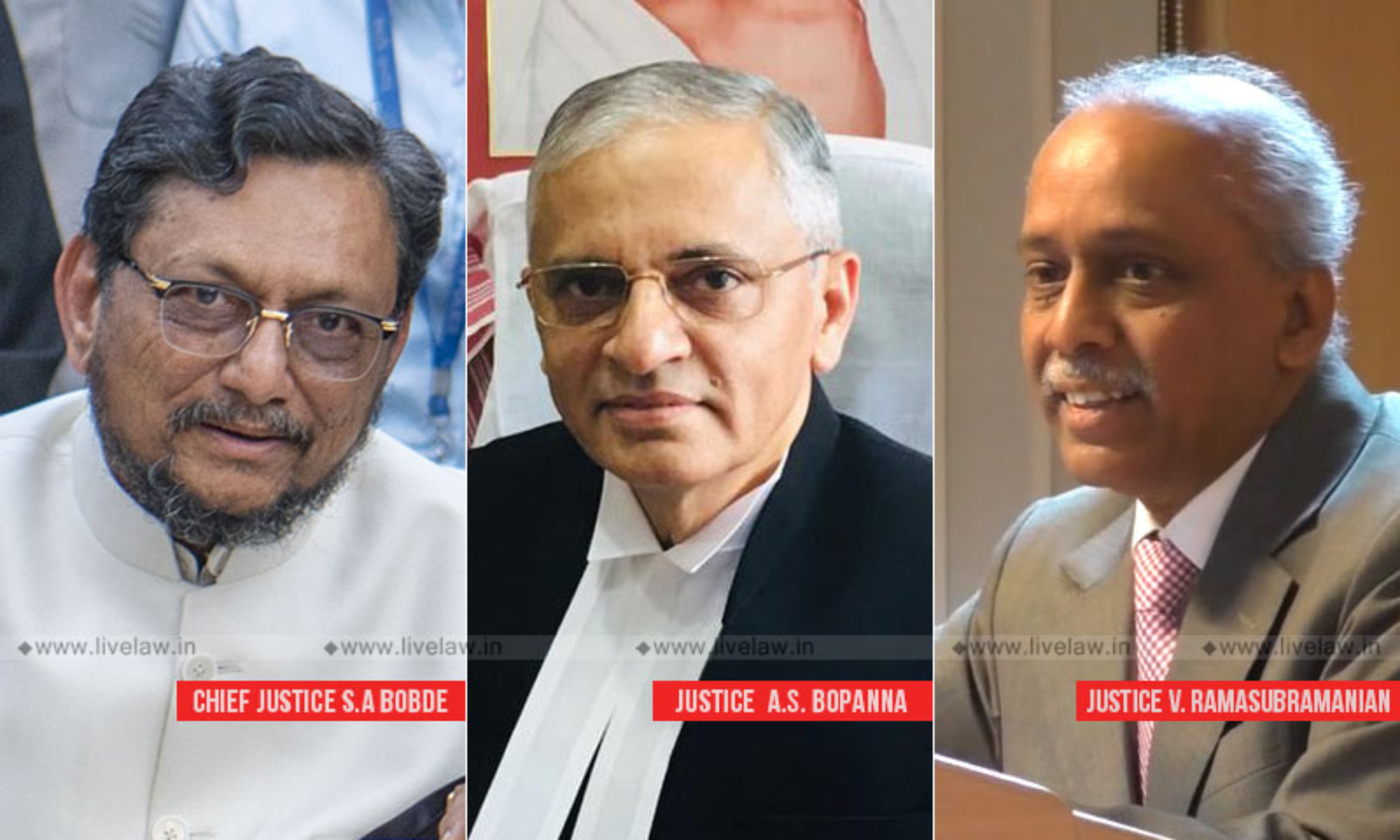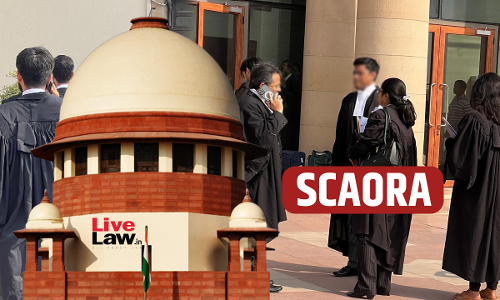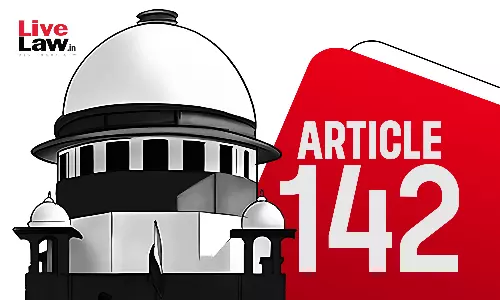Any Creditor Of A Company In Liquidation Can Seek Transfer Of Winding Up Proceedings In HC To NCLT: Supreme Court

The Supreme Court has held that any creditor of a company can seek transfer of winding up proceeding pending before a High court to a National Company Law Tribunal.The words "party or parties" appearing in the 5th proviso to Clause (c) of Subsection (1) of Section 434 of the Companies would take within its fold any creditor of the company in liquidation, the...
The Supreme Court has held that any creditor of a company can seek transfer of winding up proceeding pending before a High court to a National Company Law Tribunal.
The words "party or parties" appearing in the 5th proviso to Clause (c) of Subsection (1) of Section 434 of the Companies would take within its fold any creditor of the company in liquidation, the bench comprising the Chief Justice of India SA Bobde, Justices AS Bopanna and V. Ramasubramanian observed while allowing an appeal filed by a Financial Creditor against an order of the High court which refused to transfer the winding up proceedings from the Company Court to the NCLT.
A winding up petition was filed against M/S AXIS NIRMAN AND INDUSTRIES LTD in 2015. In 2016, KALEDONIA JUTE AND FIBRES PVT. LTD, claiming to be a creditor of this company, moved an application before the NCLT, Allahabad under Section 7 of the Insolvency and Bankruptcy Code. It also moved an application before the Company Court (High court) seeking a transfer of the winding up petition to the NCLT, Allahabad. This application was rejected on the sole ground that the requirement of Rule 24 had already been complied with and that a winding up order had already been passed.
The Apex Court bench considered the following issues (i) what are the circumstances under which a winding up proceeding pending on the file of a High court could be transferred to the NCLT and (ii) at whose instance, such transfer could be ordered.
The court noted that it was observed in Forech India Ltd. vs. Edelweiss Assets Reconstruction Co. Ltd that any person could apply for transfer of such petitions to the NCLT under the Code". Relying on this observation, the contention raised was that that "any person" (and not necessarily a party to the proceeding) could apply for transfer. Rejecting this argument, the court said:
"But we do not think that the decision in Forech India Limited (supra) is an authority for the proposition that the 5th proviso to Clause (c) of Subsection (1) of Section 434 could be invoked by any person who is not a party to the proceeding for 20 winding up. The 5th proviso which we have already extracted uses the words "any party or parties to any proceedings relating to the winding up of companies pending before any Court." In other words, the right to invoke the 5th proviso is specifically conferred only upon the parties to the proceedings. Therefore, on a literal interpretation, such a right should be held to be confined only to"the parties to the proceedings."
The court thereafter proceeded to examine who are "the parties to" the winding up proceedings. Referring to various provisions of the companies Act, the bench observed:
"The proceedings for winding up of a company are actually proceedings in rem to which the entire body of creditors is a party. The proceeding might have been initiated by one or more creditors, but by a deeming fiction the petition is treated as a joint petition. The official liquidator acts for and on behalf of the entire body of creditors. Therefore, the word "party" appearing in the 5th proviso to Clause (c) of Subsection (1) of section 434 cannot be construed to mean only the single petitioning creditor or the company or the official liquidator. The words "party or parties" appearing in the 5th proviso to Clause (c) of Subsection (1) of Section 434 would take within its fold any creditor of the company in liquidation."
"The above conclusion can be reached through another method of deductive logic also. If any creditor is aggrieved by any decision of the official liquidator, he is entitled under the 1956 Act to challenge the same before the Company Court. Once he does that, he becomes a party to the proceeding, even by the plain language of the section. Instead of asking a party to adopt such a circuitous route and then take recourse to the 5th proviso to section 434(1)(c), 25 it would be better to recognise the right of such a party to seek transfer directly.. As observed by this Court in Forech India Limited (supra), the object of IBC will be stultified if parallel proceedings are allowed to go on in different fora. If the Allahabad High Court is allowed to proceed with the winding up and NCLT is allowed to proceed with an enquiry into the application under Section 7 IBC, the entire object of IBC will be thrown to the winds."
Observing thus, the court directed that the proceedings for winding up pending before the Company Court (Allahabad High Court) be transferred to the NCLT, to be taken up along with the application filed under Section 7 of the IBC.
CASE: M/S KALEDONIA JUTE AND FIBRES PVT. LTD. vs. M/S AXIS NIRMAN AND INDUSTRIES LTD. [CIVIL APPEAL NO. 3735 OF 2020 ]CORAM: Chief Justice of India SA Bobde, Justices AS Bopanna and V. RamasubramanianCOUNSEL: Senior Advocate Huzefa Ahmadi and Sadapurna Mukherjee appeared for Petitioner, Sr. Adv A.N.S. Nadkarni, Adv Gp. Capt. Karan Singh Bhati for respondents
Click here to Read/Download Judgment
Read Judgment




